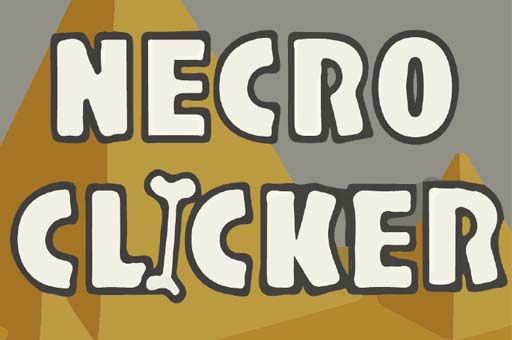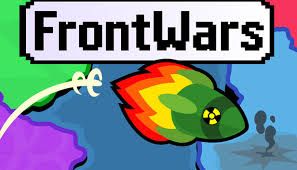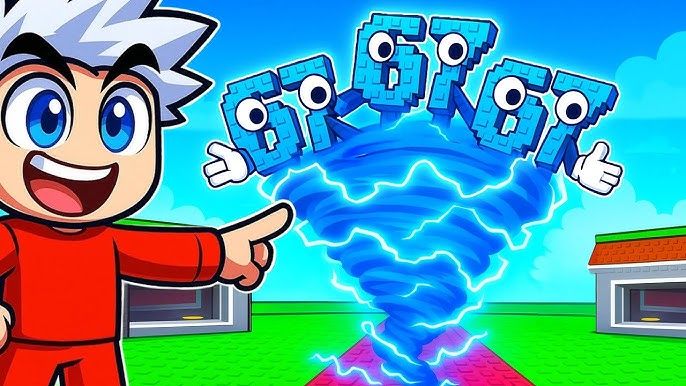Ready to Play?
Click the button below to start playing Human Expenditure Program. The game will load in this area.
Human Expenditure Program
Play Human Expenditure Program (BloodMoney 2), an indie interactive experiment that blends simulation, moral choice, and psychological horror. Care for Harvey Harvington—or exploit him—and uncover multiple disturbing endings.
Human Expenditure Program – A Dark Interactive Simulation
Introduction
Human Expenditure Program, sometimes called BloodMoney 2, is a unique indie game that transforms ordinary simulation mechanics into a disturbing moral experiment. Developed by ShroomyChrist Studios, it places players in charge of Harvey Harvington, an ordinary man trapped inside a mysterious “program.” Unlike casual pet simulators, here you are not feeding a virtual creature—you are making life-or-death decisions for a human being.
Gameplay and Core Mechanics
The game’s mechanics appear simple on the surface: feed Harvey, let him rest, talk to him, or involve him in small tasks. However, these actions carry long-term consequences. Harvey has memory—he will remember neglect, mistreatment, or care—and his reactions change accordingly.
Key mechanics include:
- Basic Care: manage Harvey’s food, rest, and well-being.
- Memory System: choices cannot be undone—Harvey remembers everything.
- Events and Minigames: interactive sequences where timing and decision-making matter.
- Branching Endings: multiple outcomes reflect how you treated Harvey.
This structure ensures that even routine interactions feel weighty, making players confront the moral cost of their decisions.
Themes and Symbolism
Unlike traditional horror games, Human Expenditure Program relies on psychological unease rather than monsters or jump scares. Its strongest themes include:
- Exploitation of labor: Harvey becomes a metaphor for people treated as expendable resources.
- Surveillance and control: the “program” represents unseen systems shaping human lives.
- Responsibility: every click makes the player complicit in Harvey’s fate.
- Trauma and memory: actions leave permanent marks, echoing real human experiences.
These layers transform a small indie project into a commentary on power, control, and the cost of progress.
Endings and Replayability
The game offers at least two major endings—often labeled “good” and “bad.” A “good” ending comes from consistent care and empathy, while a “bad” ending reflects neglect or exploitation. However, even the better outcomes leave players uneasy, as the very act of participating in the program carries moral weight.
Replayability is high, since players often experiment with different strategies to unlock all outcomes. Each playthrough becomes not just a story, but a reflection of personal values.
Why It Stands Out
What makes Human Expenditure Program memorable is how it forces players to reflect. Unlike idle clickers, progress feels heavy. Unlike pet sims, the subject is human. Unlike long narrative games, the story is woven into the mechanics themselves. It is not just about winning—it is about questioning why you continue playing.
FAQ
Q1: What is Human Expenditure Program (BloodMoney 2)?
A1: It’s an indie simulation and narrative experiment where you take care of Harvey Harvington, a human subject inside a mysterious program. Every choice affects his well-being and the game’s outcome.
Q2: How do you play Human Expenditure Program?
A2: Players manage Harvey’s needs by feeding, resting, and interacting with him. Choices have lasting consequences, and Harvey remembers how he was treated, which shapes later events.
Q3: Does the game have multiple endings?
A3: Yes. The game features branching endings based on your decisions. Treat Harvey with empathy to pursue a “good” outcome, or neglect him and risk a tragic conclusion.
Q4: Why is it considered a disturbing game?
A4: Instead of abstract mechanics, the game forces you to manage a real human character. Its themes of exploitation, surveillance, and responsibility create psychological discomfort.
Q5: Who developed Human Expenditure Program?
A5: The game was created by ShroomyChrist Studios and is often referred to as the sequel to BloodMoney, another indie experiment exploring control and morality.



